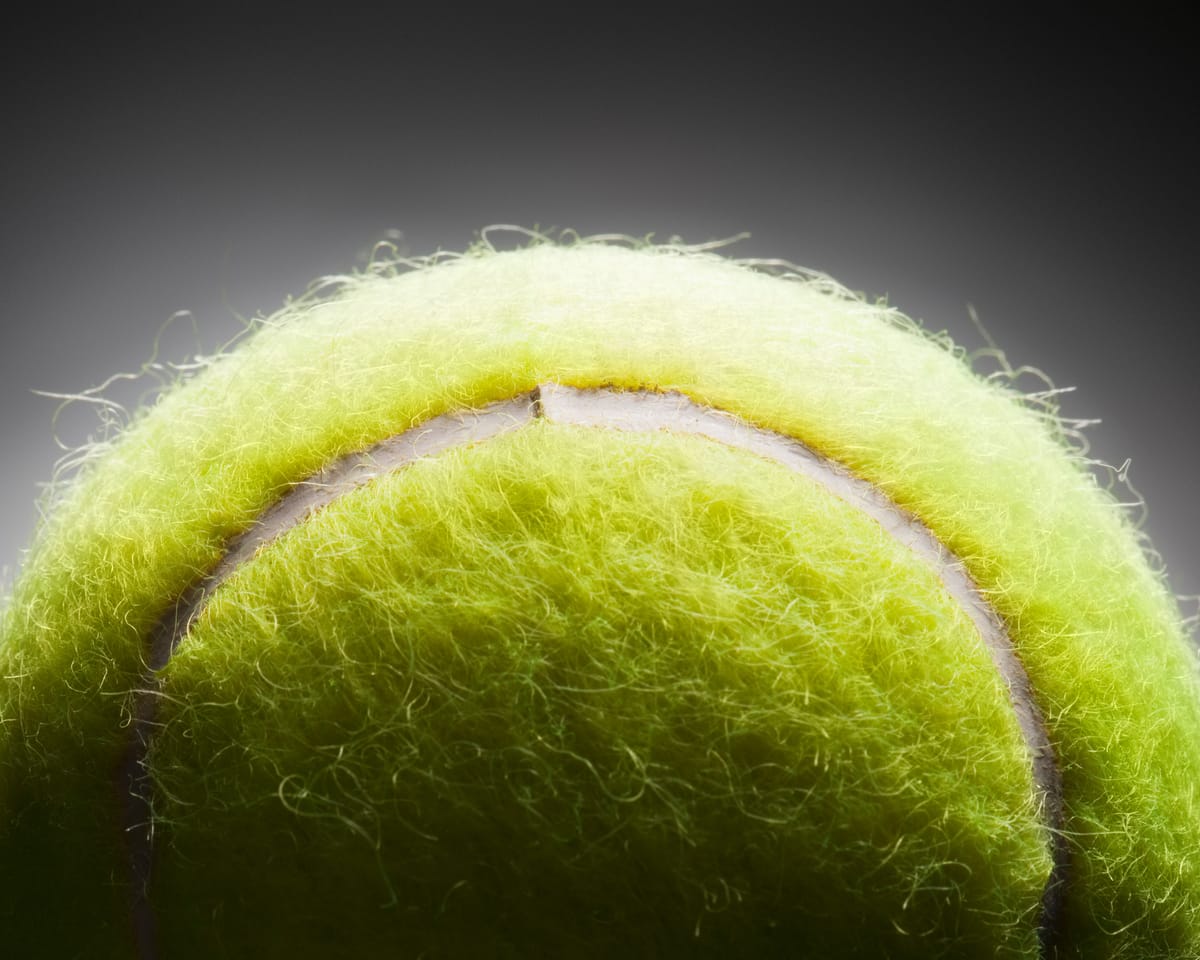Daniil Medvedev quickly realized he was in a difficult position at Roland Garros. Facing Britain’s Cameron Norrie in the opening round, he struggled to find his rhythm.
With his chances of progressing in one of the sport’s most prestigious events slipping away, the 29-year-old decided on an unusual move. Mid-match, he requested his rackets be restrung with a different setup, swapping his usual hybrid of natural gut and polyester strings for a full polyester alternative.
While minor tension adjustments are common, few players change string types entirely during play. Yet Medvedev has done so multiple times this season. “Before 2023, I never did it,” he admitted. “But things shifted on tour, and I had to adjust. Now I’m never certain.”
Medvedev pointed to changes in the balls used on tour over recent years, leaving him unsure how best to optimize his game. The quality and consistency of tennis balls have become a major concern for players worldwide. “The biggest difference I’ve noticed compared to maybe a decade or two ago is the balls,” Novak Djokovic said.
At the highest level of tennis, adapting to varying conditions—especially the frequent changes in balls—poses a significant challenge. Different tournaments contract with different manufacturers, leading to additional difficulties. Some attribute rising injuries to players constantly adjusting to new ball types.
Many believe the current balls degrade faster than before. Emma Raducanu described this as a problem on the court and a potential injury risk: “The balls are a major challenge for all of us,” she said. “They deteriorate quickly, becoming very fluffy. You’re seeing more wrist, elbow, and shoulder injuries now. The way points play out changes dramatically from new balls to old ones.”
Fresh tennis balls have a tight felt coating, but as they wear down from play, the surface loosens, reducing aerodynamics and speed. This forces players to hit harder, making winners harder to achieve and lengthening rallies. Some think the felt degrades more rapidly now than in the past.
Part of the issue may trace back to disruptions in production during the pandemic, affecting the consistency of materials supplied to ball manufacturers. As players adapt, the game itself is evolving. Even traditionally less powerful competitors like Norrie are finding new ways to succeed under these conditions.
Read next

Manchester bids heartfelt farewell to beloved boxer Ricky 'the people's champion' Hatton
Thousands Gather in Manchester to Honor Ricky Hatton, Former World Champion Boxer
A large crowd filled the streets of Manchester on Friday to celebrate the life of Ricky Hatton, the former world champion boxer who passed away last month at the age of 46.
Hatton was widely admired in the

Heightened security and political strain loom over crucial Norway vs. Israel World Cup match
This will be the most heavily secured sports event in Norway since the 1994 Winter Olympics. Strict security measures are in place across Oslo, with a no-fly zone enforced over Ullevål Stadium. Amid the heightened precautions, it might be easy to overlook that Norway’s national team is close to

"Northern Ireland triumphs in World Cup qualifier as Mbappé powers France near qualification"
France dominated possession but struggled to break down a disciplined Austrian defense until Mbappé’s moment of brilliance. Didier Deschamps’ side now sits comfortably atop their group, needing just one more win to seal their place in the tournament.
Meanwhile, Portugal cruised to a 3-1 win over Iceland, with Cristiano

